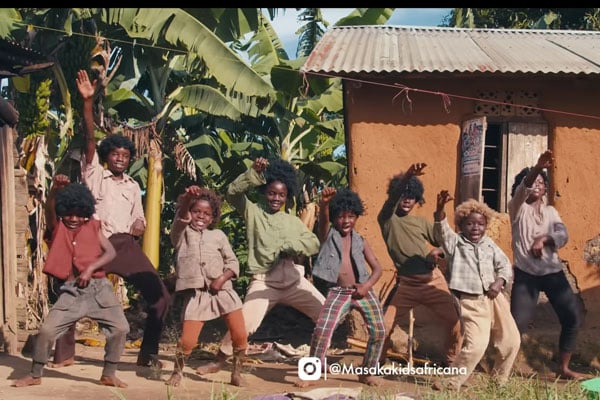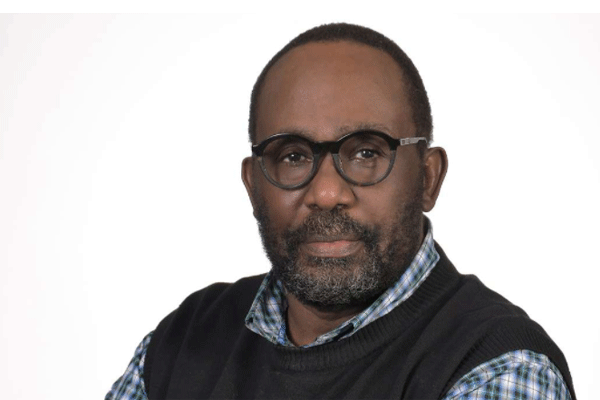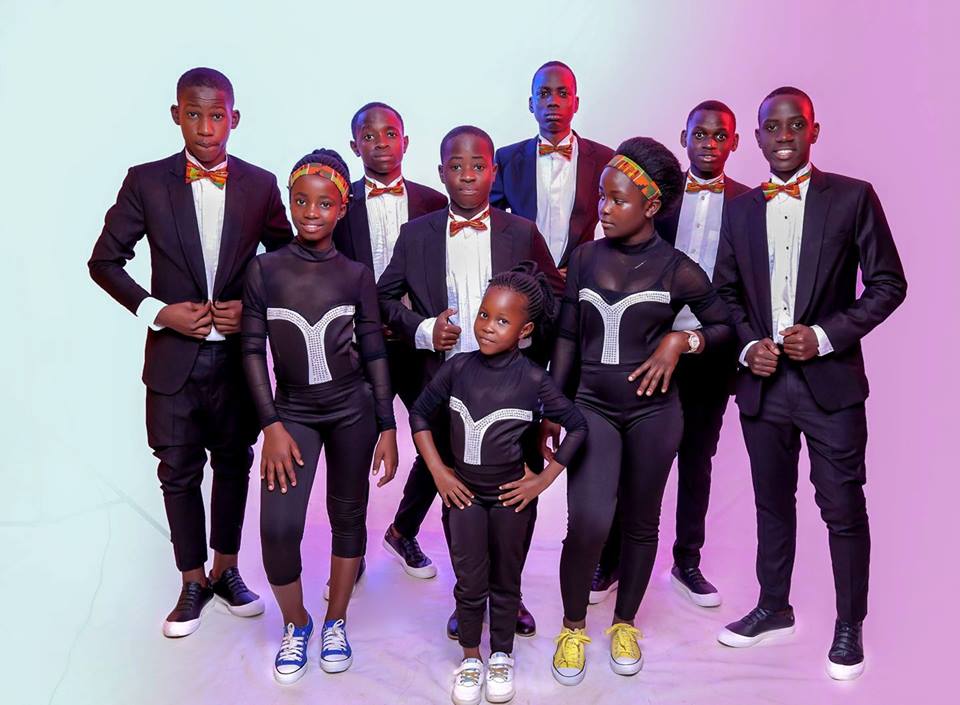Prime
Did Masaka Kids earn Shs5b from YouTube?

A screenshot of Masaka Kids Africana dancing in the video of their Muda Kwa Ngoma song. Photo/ Courtesy
What you need to know:
- Since creating its YouTube channel on April 28, 2018, Masaka Kids Africana has put up some impressive numbers on the video sharing platform.
How much does Masaka Kids Africana earn from its online presence on YouTube? CashNetUSA’s report titled “The 2022 YouTube rich list” put the figure at $1.34 million (about Shs5b).
Management of the renowned Ugandan dancing children’s musical ensemble has, however, described the claim of a big payday as “fake news.”
“We did not earn that money,” Mr Hassan Suuna, the founder and chief executive officer of Masaka Kids Africana, recently told this publication, adding, “The problem with social media is that anybody can post anything even when it is not true.”
Since creating its YouTube channel on April 28, 2018, Masaka Kids Africana has put up some impressive numbers on the video sharing platform. Today, it boasts of at least 774 million combined views and over 3.2 million subscribers. Its figures are by some distance unparalleled in Uganda.
Despite the growing popularity of rival content creation platforms such as TikTok, Instagram and Twitch, an analysis by CashNetUSA indicates that YouTube still takes some beating. The video sharing platform is the second-most visited website on the Internet—after Google—and boasts 14.3 billion visits per month. It, for one, boasts of 14.3 billion visits per month, which is more than Facebook and Wikipedia.
CashNetUSA says its reportage around the YouTube earnings piggybacked on Social Blade’s database. Social Blade is an American social media analytics website that puts its finger on the pulse of YouTube content populated on its channels. CashNetUSA isolated the top-earning channel in every country.
It then guesstimated the channel’s lifetime earnings by applying the midpoint of YouTube’s current average APM (payout per 1,000 views) to their view count. It then broke down the results by region and channel type.
Masaka Kids Africana’s prized possession is doubtless a song titled Champion. Posted to the ensemble’s channel in July 2019, the song has garnered 26 million views and counting. The Ugandan Afro-pop star Edrisah Musuuza, alias Eddy Kenzo, featured Masaka Kids Africana in his song Tweyagale that was posted on YouTube on February 23, 2020. Tweyagale has raked 141 million views and counting.
Neville Igasira, an e-commerce business consultant and co-founder of Lusuku, an e-commerce platform in Kampala, believes the confusion on whether the ensemble earned the said income from YouTube is caused by a couple reasons.
“No one apart from the individual content creators can actually know the amount earned from the direct content creation unless one is privy to some of their contracts signed for the content creation,” Mr Igasira told this publication, adding, “The following or reach for the content created doesn’t exactly translate to the amount earned. True, it shows the potential that can be earned but not what is actually earned.”
Mr Igasira also observed that since “there is a non-profit/charity aspect to [Masaka Kids Africana] … acknowledging such earnings if not true would negatively impact on the operations of the orphanage.”
Based in the central Ugandan district of Masaka, the Masaka Kids Africana orphanage provides children safe shelter, food, clothing, education and medical care. The children’s home that was started on March 30, 2013, is composed of destitute children aged two and above. Many of the children have lost one or both parents to war, famine and disease.
The children taken in by the orphanage have gone through some of the worst experiences a child could face. The art forms of dance and song offer more than a safe space where the children showcase their love for Uganda while making valuable connections with people across the world.
Such is the potential of Masaka Kids Africana that Mr Igasira says he would be surprised if social media marketing experts have not picked them up.
“I am pretty sure they have already done so,” he said, adding that Ugandan content creators who wish to exploit the economic potential of platforms such as YouTube, TikTok, and Instagram “should improve on the quality of content they produce and stop plagiarising content from other creators and regions.”
He further noted thus: “The content is on the Internet where it is not only seen by Ugandans. Hence one should not just limit to the Ugandan market, but also know that the target market is exposed to global content.”
Mr Igasira is persistent in his urging of the pursuit of professionalism through for instance enlisting professional lawyers to draft valid contracts and content creators vigorously seeking intellectual property protection.
“They have to be consistent in the production of content and also in choosing the platforms they push their content on,” he said, adding, “They need to incorporate data analysis in their content creation. This will help direct them in what exact content to create and for what particular audiences. This then will help in them being able to calculate the conversion rate in comparison to their efforts and investment in the content created.”
According to CashNetUSA, Arabic language channels in Africa have found success in the continent’s small ecosystem.
“African YouTubers haven’t traditionally been able to reach the viewing figures of large content creators in other regions. They face an uphill struggle as only 22 percent of Africa’s population have access to the internet,” the report says. “Despite this, there are signs of growing demand for YouTube content in the region. Kenya, Nigeria and South Africa all have at least 300 channels with more than 100,000 subscribers.”
CashNetUSA research shows that Egypt’s Creative Crafts in Five Minutes is Africa’s highest-earning channel, with $8.7 million of revenue made since its launch in 2017. The handy, how-to guides have been viewed more than four billion times. Algerian cooking YouTuber Oum Walid ($4.9 million) and Nigerian comedian Mark Angel ($4.2 million) are also among Africa’s most profitable channels.
The other top earners in Africa are Morocco’s Baraka Ibaraka ($2.8 million), Senegal’s Hussein and Zeinab ($2.3 million), Tunisia’s Ameer Slow ($1.7 million), South Africa’s Michael Jamison ($1 million), Libya’s King GTA ($740,326), Kenya’s Rus Love in Action ($656,289), and Tanzania’s Li Danger Chris ($644,355), among others.
The key findings by CashNetUSA show that American kids’ channel Cocomelon is the highest-earning YouTube channel of all time, with an estimated $282.8 million amassed from its videos since its creation in 2006.
The study shows that a creator with content made for children had the most profitable channel in five of six continents. As well as Cocomelon in North America, Europe and South America also have children’s channels as their highest earners. Russia’s Nastya ($167.5 million) and Argentina’s El Reino Infantil ($102.2 million) have both amassed more than $100 million from YouTube revenue in their channels’ history.
The list also showed that, with more than 22 billion views, American YouTuber FGTeeV made at least $47 million during the same period.




